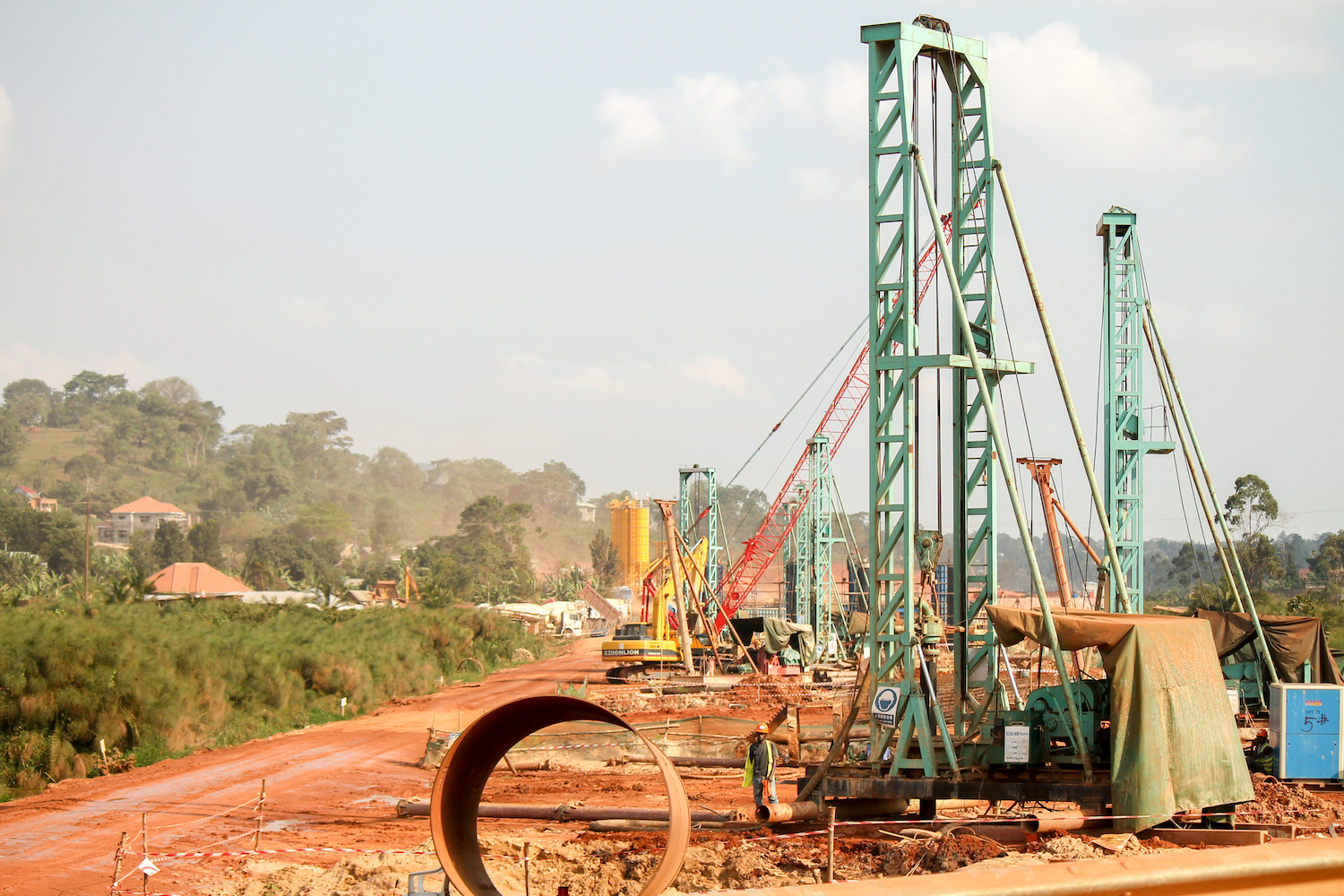Editor’s note: This blog is part of ImpactAlpha’s “Scaling Impact” series, authored by participants in the Catalytic Capital Consortium (C3) Scaling Learning Labs. Key insights have been published in a C3 Guidance Note on scaling (for more, see the executive summary and full report). C3 sponsors ImpactAlpha’s catalytic capital coverage.
How do investors accelerate and grow investments into impact strategies, fund managers and business models that show early promise of success but have not yet reached a level of size, scale and track record to attract commercial investors?
Catalytic capital investors represent a big part of the answer.
Investors often consider the use of catalytic capital for seeding social and environmental innovation or subsidizing strategies, managers and business models that are demonstrably impactful but not yet commercially investable. Stepping in to kick-start these opportunities represents a familiar and valuable use of catalytic capital.
But what about opportunities in the “scaling” phase of their development? Should an impact fund or enterprise still need catalytic financing if it has already achieved proof-of-concept and demonstrated early success? Should catalytic capital investors consider such opportunities given the competing demands for their capital?
The market is full of examples where emerging strategies, fund managers and business models require – and offer compelling opportunities for—catalytic capital to take early signs of success to the next level. Even the most promising investments often struggle to transition from initial signs of positive performance to attracting sufficient amounts of capital to move along the scaling trajectory, a trajectory that is often bumpy and unpredictable.
Demonstrable but limited track record, sub-scale operating size, and market risk perception are some of the reasons investors sit on the sidelines as promising opportunities move out of the starting gate into early stages of viable performance. Even seasoned impact investors may remain skeptical about their potential.
Catalytic capital can serve as a bridge that connects the promising expansion of nascent investment activity to long-term, sustained impact and financial performance. This capital recognizes that the move from seeding to scaling isn’t like passing a baton from one stage to another or flipping a light switch—as if one day there is a significant need for patient, flexible, risk-taking financing, and the next there is none at all.
Strategic flexibility
Most impact strategies, fund managers and business models move along a trajectory of development that can easily stall if they can’t attract the right partners and continued financing. Theirs may be transient capital gaps that will eventually close with more time and experience to demonstrate results. But, in the meantime, those persistent capital gaps threaten to push them toward the “valley of death” that claims so many early-growth impact opportunities.
What is needed are capital providers willing to invest on the basis of limited but tangible signs of emerging success, even when data is patchy, or deal sizes are small. And these capital providers need to dial up their transparent interactions and ways of cooperating, especially in blended finance transactions.
This need to sharpen and bolster the practice of catalytic capital was the baseline conversation for a new series of Catalytic Capital Consortium (C3) Learning Labs focused on scaling impact strategies, managers and business strategies. We gathered seasoned investors for candid conversations about the obstacles and uncertainties that affect the flow of capital, and what investors can do to make that flow of capital more efficient and effective.
The discussions built on a previous round of Learning Labs focused on the use of catalytic capital in the seeding role (For more, take a look at the Seeding Impact series in ImpactAlpha and the C3 Guidance Note on seeding.).
Multiplier effect
To be sure, there is some overlap, but fund managers looking to scale their strategies and activities face challenges as well. These managers and strategies aren’t always seen as shiny new opportunities that many catalytic capital investors pursue, but neither are they fully able to attract commercial capital, at least not yet. They often exist in that in-between world of not new enough and not mature enough.
In our Learning Lab discussions, I was struck by the recognition of this market gap among active catalytic capital investors. They displayed a strong appetite for collaboration to address the issues that get in the way of putting more money to work – and faster – in order to scale strategies, managers and models.
Our investor participants stressed the “multiplier effect” of catalytic capital, which allows funds and organizations to further prove strategies that can be replicated and attract follow-on financing. And they advocated for a strong community of practice to both streamline complex transactions and accelerate the flow of capital to high-impact funds and organizations.
In other words, they want to figure out how to get more deals done – not just for themselves, but for the market as a whole. And they acknowledge that investors (not fund managers) need to take action – doing some things differently and some things better, while also stopping certain behaviors and practices.
Scaling impact
Our cohort, which included public, private and philanthropic investors, floated a range of ideas to support expanded coordination, from a blended finance playbook and informal deal exchanges to a formal platform for exchanging data and experience. We compiled those conversations in a new compendium – Advancing Practice in Catalytic Capital Guidance Note 2: The Scaling Role – and will be featuring some key insights from participants in an upcoming series of blogs on ImpactAlpha, called Scaling Impact.
In the coming weeks, look for commentaries from Ward Nesselder, impact officer at FMO, and Osaruyi Orobosa, vice president of project development and investments at Africa Finance Corporation, both of whom will outline different aspects of catalytic capital in a scaling role.
Our driving objective is for these ideas to generate momentum in moving capital – engaging active impact investors who have not thus far prioritized catalytic capital in their portfolios, as well as encouraging those new to the field. Can we help reframe transient capital gaps as ripe opportunities to scale up impact? Can we help investors rethink their expectations, share information, ease burdens on fund managers, and expedite urgently needed financing for catalytic strategies around the world?
We hope so, and in the months to come we will be working with Learning Lab investors on ways to operationalize their ideas. In this, there is a message for commercial investors as well: pay attention to deals that catalytic capital providers are advancing; their participation signals a level of expertise and opportunity that the broader market has yet to recognize.
Laurie Spengler is president and CEO of Courageous Capital Advisors, a London-based impact investing advisory firm, which led the C3 Learning Labs.





